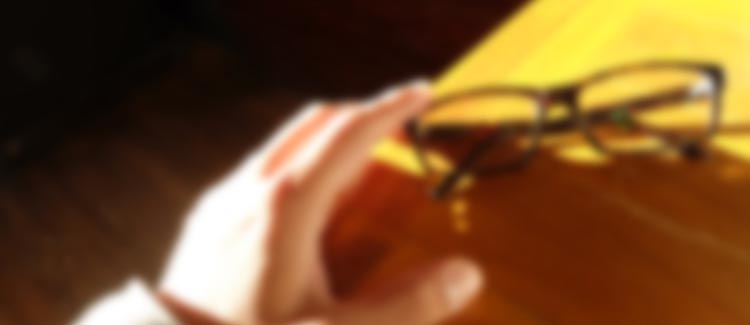Located at the back of the eye, the retina is responsible for converting light into electrical signals that the brain interprets as images. The light-sensitive retina consists of many layers of tissue inside the eye, including the retinal pigment epithelium. The RPE separates the sensory part of the retina from the choroid, the layer that supplies the retina with nourishment.
The RPE prevents fluid and blood from entering the retina. If there is a small break in this layer, a fluid-filled, or serous, detachment forms under the retina and causes swelling in the macula. Since the macula — the central part of the retina — helps you see images in fine detail, too much fluid against it results in blurred or distorted vision, a condition known as central serous retinopathy (CSR).
What Causes Central Serous Retinopathy?
Experts have been unable to define a precise cause for CSR (also referred to as central serous chorioretinopathy). However, the condition has been linked to exposure to corticosteroid drugs found in allergy nose sprays and anti-inflammatory ointments. CSR also occurs more commonly in those with emotional distress, because the body produces natural corticosteroids (called cortisol) in reaction to stress. There also appears to be a genetic component to CSR, since most patients with the condition have a family member who has it, also.
CSR is also more likely to develop in patients with hypertension or cardiovascular disease or those who are currently or recently pregnant.
Symptoms of Central Serous Retinopathy
Due to the excessive pressure against the macula, the primary symptom of CSR is blurred central vision.
Other symptoms associated with CSR may include the following:
- Having dimmed or distorted central vision
- Seeing a dark spot in central vision
- Seeing straight lines as crooked or bent
- Perceiving objects as smaller or more distant than they really are
- Seeing white objects as having a brownish tint or being dull
Central serous retinopathy often occurs in just one eye. However, some patients may experience problems in both eyes. Regular eye care can help prevent or limit vision impairment caused by CSR.

Treatment for Central Serous Retinopathy
Dr. Silverstein and his team can diagnose CSR by conducting a special retinal scan called optical coherence tomography (OCT) that allows the retina to be examined at the microscopic level. Your eye doctor may also inject dye into your vein that travels to the eye and is used to view leakage in the retina. This helps distinguish CSR from other similar retinal conditions.
A first step in CSR treatment may involve stopping any corticosteroid treatments — if possible — that may exacerbate the condition. Treatment options for CSR include thermal laser treatments, injections, oral medications and photodynamic therapy that seal the leakage in the retina.
Photodynamic therapy involves the combined use of a light-sensitive drug called Verteporfin and a low-energy laser. The drug is activated when the laser shines on the local source of the leak. This treatment approach may not only stop the leak and restore vision, but it may also prevent recurrences of CSR in some cases.
CSR typically resolves on its own within a few weeks without any treatment. However, vision may not return to how it was before the disease developed. There is also a great likelihood of CSR returning after the first incidence. Regular follow up with Kansas City eye doctors can help you monitor CSR so that it does not lead to irreversible vision loss.
Are you experiencing blurred or dark areas in your central vision? Do you have a family member with a history of central serous retinopathy? If so, call our eye care clinic to make an appointment. Our experienced ophthalmologists can evaluate your eye(s) for CSR and provide treatment if necessary.
Posted March 14, 2018 by Silverstein Eye Centers